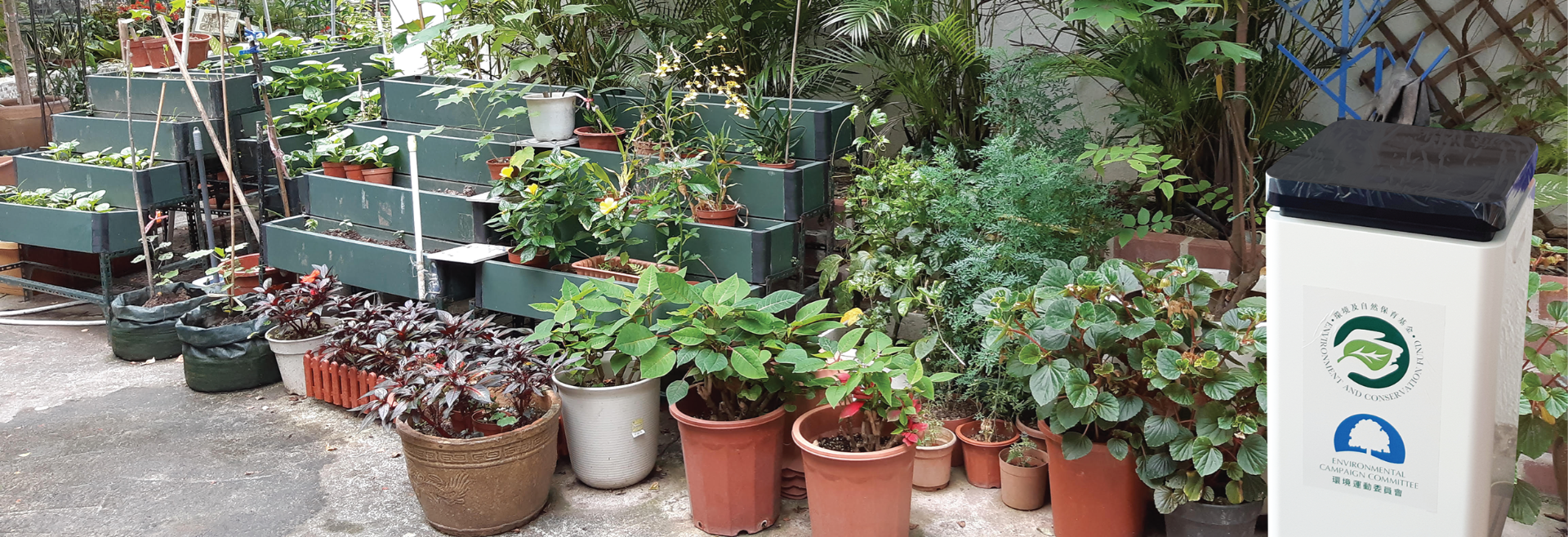| How to separate the collected food waste? |
|---|
|
Food waste can be separated into "Recyclable" food waste and "Non-recyclable" food waste as set out below : "Recyclable" food waste : "Non-recyclable" food waste : |
| How to choose and handle the collection container? |
|
Notes on the purchase of collection containers:
|
| What are the precautions when separating the food waste? |
|
The precautions during food waste separation:
|
| How to verify that the food waste was completely drained off? |
|
Put the food waste into the colander until there is no liquid dripping out at the bottom of the colander. |
| How to measure the weight of the collected food waste? |
|
There are two methods to measure the collected food waste: Method 1 : Method 2 : |
| Is it possible to put all the separated food waste into the composter? |
|
The composter installed at school is a small-medium sized composter. It is mainly for treating small-sized food waste. Therefore, large-sized food waste needs to be cut before putting into the composter. Schools can put the food waste into the composter according to the proportion recommended by the composter supplier.
 |
| After a long vacation (e.g. summer holiday), can the composter be used as usual? |
|
After a long vacation, the daily amount of food waste put into the composter should be reduced to 20% of the maximum treatment capacity at the beginning. Afterward, it can be gradually increased to the daily maximum treatment capacity within two weeks. |








